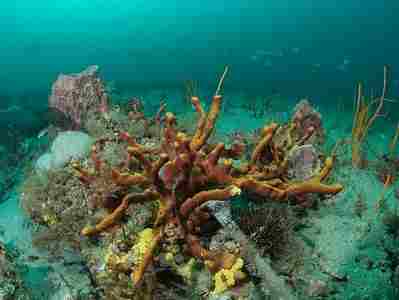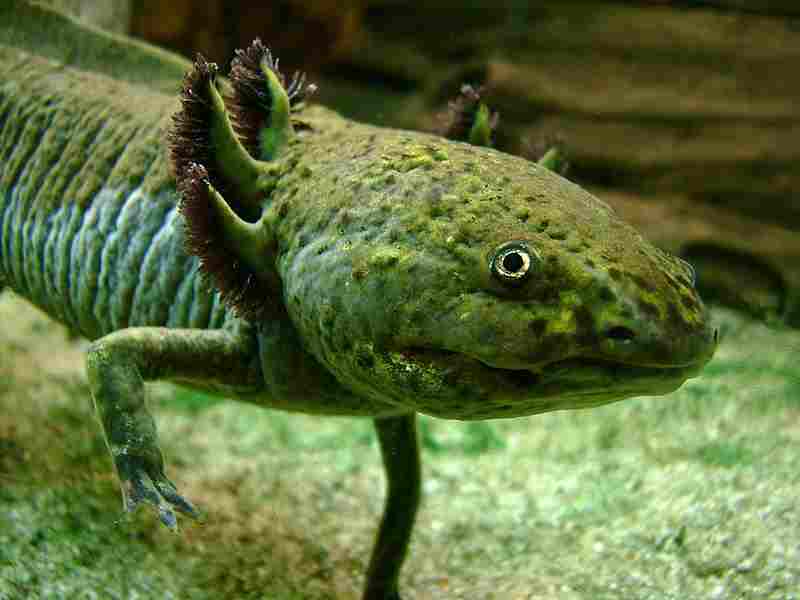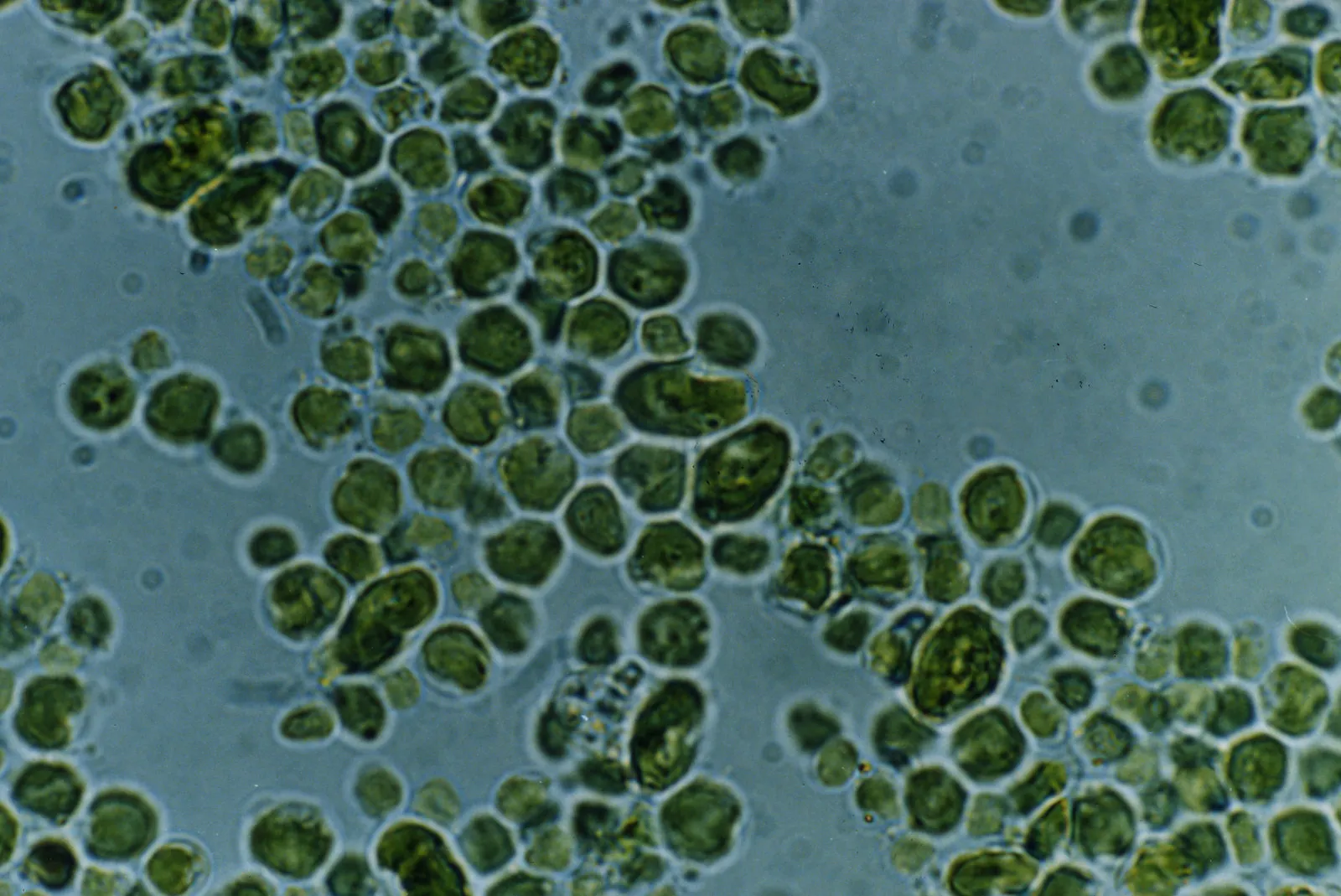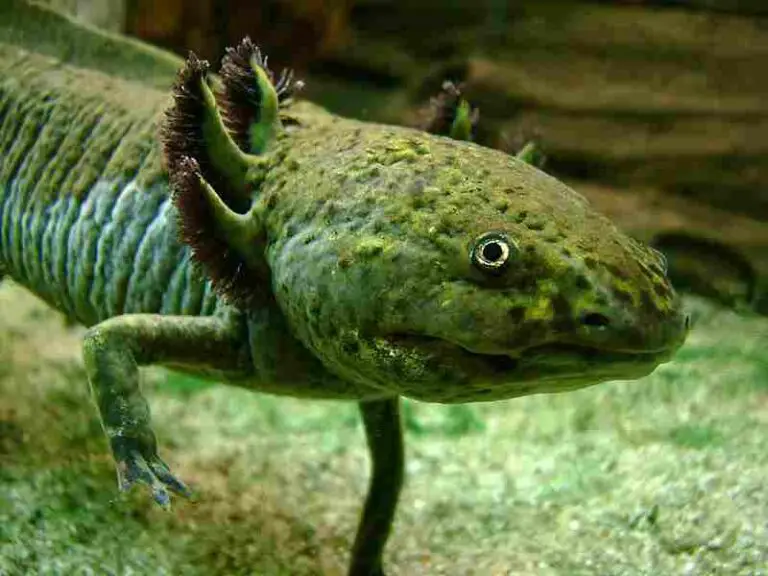What is the First Trophic Level? Trophic Levels in Ecosystems Revealed
The first trophic level is the autotrophic level of a food chain or ecosystem, which is occupied by plants, algae, cyanobacteria, and chemosynthetic organisms; and dominated by primary production processes like photosynthesis. This article sheds light on trophic levels in an ecosystem, as shown in the outline below;
First Trophic Level and Its Components
The first (1st) trophic level consists of producers called autotrophs, which can manufacture their own food and biomass from inorganic resources like solar energy and chemical elements or compounds. These organisms play a crucial role in the ecosystem by converting energy from the sun into organic matter through the process of photosynthesis. They form the foundation of the food chain and provide energy for all other trophic levels.
Organisms in the first trophic level include; vascular and non vascular plants, algae, cyanobacteria, and chemosynthetic bacteria.
* Vascular plants
These are plants with specialized tissues for conducting water, nutrients, and sugars. They are the most common type of plants and include trees, shrubs, grasses, and flowering plants. Vascular plants use photosynthesis to convert sunlight, carbon dioxide, and water into glucose, which they use as a source of energy.
* Non-vascular plants
These are plants that lack specialized tissues for conducting water and nutrients. They include mosses, liverworts, and hornworts. Non-vascular plants obtain water and nutrients directly from their surroundings and rely on diffusion for transportation. They also use photosynthesis to produce energy.
* Algae
Algae are a diverse group of photosynthetic organisms that can be found in aquatic environments, such as oceans, lakes, and rivers. They can range from microscopic single-celled organisms to large seaweeds. Algae play a vital role in the first trophic level as they are responsible for a significant portion of the Earth’s oxygen production and serve as a food source for many aquatic organisms.
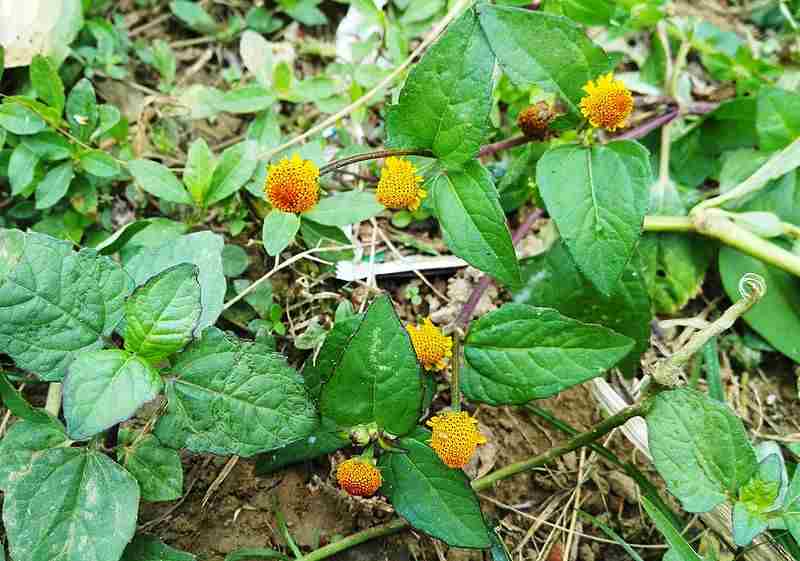
* Cyanobacteria
Cyanobacteria, also known as blue-green algae, are a type of bacteria that can perform photosynthesis. They are found in various habitats, including freshwater, marine environments, and even on land. Cyanobacteria are important in the first trophic level as they can fix atmospheric nitrogen, making it available to other organisms, and contribute to primary production.
* Chemosynthetic bacteria
Chemosynthetic bacteria are a unique group of bacteria that can derive energy from inorganic compounds, such as hydrogen sulfide or methane, instead of sunlight. They are commonly found in extreme environments, such as deep-sea hydrothermal vents or hot springs. Chemosynthetic bacteria play a crucial role in the first trophic level of these ecosystems by converting chemical energy into organic matter.
What is the Second Trophic Level?
The second trophic level, called Level 2 of a food chain or energy pyramid; is the first heterotrophic consumer level which lies directly above producers in Level 1, and is predominantly occupied by herbivores, called primary consumers.
Examples of organisms in the second trophic level are; rabbits, cows, grasshoppers, deer, bison, and squirrels.
* Rabbits
Rabbits are small herbivorous mammals that belong to the family Leporidae. They are known for their long ears, powerful hind legs, and ability to reproduce rapidly. Rabbits primarily feed on plant material such as grass, leaves, and vegetables. They play an important role in the second trophic level as primary consumers, converting plant biomass into energy and providing a food source for higher trophic levels.
* Cows
Cows are large herbivorous mammals that belong to the family Bovidae. They are commonly domesticated for their meat, milk, and other byproducts. Cows are ruminants, meaning they have a specialized digestive system that allows them to extract nutrients from plant material, such as grass and hay. As primary consumers in the second trophic level, cows contribute to the conversion of plant biomass into energy and provide a valuable source of food for humans and other organisms.
* Grasshoppers
Grasshoppers are herbivorous insects that belong to the order Orthoptera. They are known for their ability to jump long distances and their distinctive chirping sound.
Grasshoppers primarily feed on plant material, including leaves, grass, and crops. They play a crucial role in the second trophic level as primary consumers, consuming plant biomass and serving as a food source for higher trophic levels, such as birds and reptiles.
* Deer
Deer are large herbivorous mammals that belong to the family Cervidae. They are known for their antlers, which are typically found on males. Deer feed on a variety of plant material, including leaves, twigs, and grass. They are important primary consumers in the second trophic level, converting plant biomass into energy and providing a food source for predators such as wolves and mountain lions.
* Bison
Bison, also known as American buffalo, are large herbivorous mammals that belong to the genus Bison. They are native to North America and are known for their massive size and shaggy fur. Bison primarily feed on grass and other plant material.
As primary consumers in the second trophic level, bison play a crucial role in the ecosystem by converting plant biomass into energy and providing a food source for predators like wolves and bears.
* Squirrels
Squirrels are small to medium-sized rodents that belong to the family Sciuridae. They are known for their bushy tails and ability to climb trees. Squirrels primarily feed on nuts, seeds, fruits, and tree bark.
They are important primary consumers in the second trophic level, contributing to the energy flow by consuming plant material and serving as a food source for predators such as hawks and snakes.
What is the Third Trophic Level?
The third trophic level, called Level 3 of a food chain or energy pyramid; is the second heterotrophic consumer level which lies directly above producers in Level 1, and is predominantly occupied by lower predators, called secondary consumers.
These organisms derive energy for sustenance through predation, on herbivorous primary consumers in Level 2 beneath them.
Examples of secondary consumers in the third trophic level are small to medium-sized predators like lizards, frogs, kit foxes, and weasels.
1. *Lizards
Lizards are small to medium-sized reptiles that belong to the order Squamata. They are known for their scaly skin, ability to climb, and their diverse range of habitats. Lizards primarily feed on insects, small mammals, and other small animals. As secondary consumers in the third trophic level, lizards play a crucial role in controlling the population of herbivores and maintaining the balance of the ecosystem.
2. *Frogs
Frogs are amphibians that belong to the order Anura. They are characterized by their long hind legs, webbed feet, and ability to jump. Frogs primarily feed on insects, spiders, and other small invertebrates. As secondary consumers in the third trophic level, frogs help regulate the population of insects and contribute to the overall stability of the ecosystem.
3. *Kit Foxes
Kit foxes are small carnivorous mammals that belong to the genus Vulpes. They are native to North America and are known for their slender bodies, large ears, and bushy tails. Kit foxes primarily feed on small mammals, birds, reptiles, and insects. As secondary consumers in the third trophic level, kit foxes play a vital role in controlling the population of smaller animals and maintaining the ecological balance.
4. *Weasels
Weasels are small carnivorous mammals that belong to the family Mustelidae. They have long, slender bodies, short legs, and a reputation for being agile hunters.
Weasels primarily feed on small mammals, birds, and reptiles. As secondary consumers in the third trophic level, weasels help regulate the population of their prey and contribute to the overall stability of the ecosystem.
These examples of secondary consumers in the third trophic level demonstrate the intricate web of interactions within an ecosystem. Each organism plays a specific role in maintaining the balance of energy flow and population control.
By preying on the herbivorous primary consumers, these lower predators help regulate their populations and prevent overgrazing or depletion of plant resources.

FAQs
1. What is the 2nd Trophic Level?
The second trophic level refers to the level in a food chain or energy pyramid that consists of primary consumers. These organisms are herbivores that directly consume producers, such as plants or algae, for energy. Examples of primary consumers include rabbits, deer, and grasshoppers. They play a crucial role in transferring energy from the first trophic level to higher levels in the ecosystem.
2. What Animals are in the First Trophic Level?
The first trophic level, also known as the primary producer level, consists of autotrophic organisms that can produce their own food through photosynthesis or chemosynthesis. These organisms include plants, algae, and some bacteria. They convert sunlight or inorganic compounds into organic matter, serving as the foundation of the food chain. Examples of primary producers include grass, trees, and phytoplankton.
3. What is the 4th Trophic Level Called?
The fourth trophic level is known as the tertiary consumer level. Organisms at this level are top predators that feed on secondary consumers from the third trophic level. They obtain energy by consuming other animals. Examples of tertiary consumers include large carnivores like lions, sharks, and eagles. These predators play a crucial role in regulating the populations of lower trophic levels and maintaining the balance of the ecosystem.
4. How Many Trophic Levels are There?
The number of trophic levels in an ecosystem can vary depending on the complexity of the food web and the specific ecosystem being studied. In general, ecosystems can have anywhere from three to five trophic levels. However, some ecosystems may have more trophic levels, especially in highly diverse and complex habitats. Each trophic level represents a different level of energy transfer and organism interaction within the ecosystem.
5. What is Trophic Level in the Ecosystem?
A trophic level in an ecosystem refers to the position that an organism occupies in a food chain or energy pyramid. It represents the flow of energy and nutrients from one organism to another within the ecosystem.
Each trophic level is characterized by the type of organisms it contains and their feeding relationships. The higher the trophic level, the further an organism is from the primary producers, and the more energy it requires to sustain itself.
6. What is the 5th Trophic Level Called?
The fifth trophic level is known as the quaternary consumer level. Organisms at this level are top predators that feed on tertiary consumers from the fourth trophic level. They are often referred to as apex predators and have no natural predators themselves.
Examples of quaternary consumers include large predators like polar bears, killer whales, and eagles. These predators play a crucial role in maintaining the balance of the ecosystem by controlling the populations of lower trophic levels.
7. What is the First Trophic Level in Every Ecosystem?
The first trophic level in every ecosystem is occupied by primary producers. These are autotrophic organisms that can produce their own food through photosynthesis or chemosynthesis. They form the base of the food chain by converting energy from the sun or inorganic compounds into organic matter. Without primary producers, there would be no energy input into the ecosystem, and higher trophic levels would not be sustained.
8. What is the Second Trophic Level Called?
The second trophic level is known as the primary consumer level. Organisms at this level are herbivores that directly consume primary producers for energy. They are the first consumers in the food chain and play a crucial role in transferring energy from the first trophic level to higher trophic levels. Examples of primary consumers include rabbits, deer, and grasshoppers.
9. What is Trophic Level in the Food Chain?
A trophic level in the food chain refers to the position that an organism occupies in the transfer of energy and nutrients from one organism to another. It represents the feeding relationships and energy flow within the food chain.
Each trophic level is characterized by the type of organisms it contains and their role in the consumption and transfer of energy. The higher the trophic level, the further an organism is from the primary producers.
10. What is the Third Level in the Food Chain?
The third level in the food chain is the second consumer level, also known as level 3. It contains secondary consumers that feed on primary consumers from the second trophic level. These organisms derive their energy by consuming herbivores or other primary consumers.
Examples of secondary consumers include lizards, frogs, kit foxes, and weasels. They play a vital role in controlling the population of herbivores and maintaining the balance of the ecosystem.
11. What is the Third Trophic Level of the Soil Food Chain?
The third trophic level of the soil food chain is occupied by soil secondary consumers. These organisms feed on decomposers, such as bacteria, fungi, and other microorganisms, that break down organic matter in the soil. Examples of soil secondary consumers include mites, nematodes, and certain types of insects. They play a crucial role in nutrient cycling and decomposition processes in the soil ecosystem.

